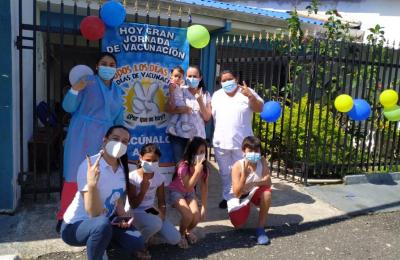Malaria outbreak response in urban Santo Domingo, Dominican Republic: lessons learned for community engagement
Community engagement is crucial for public health initiatives, yet it remains an under-studied process within national disease elimination programs. This report shares key lessons learned for community engagement practices during a malaria outbreak response in the Los Tres Brazos neighborhood of urban Santo Domingo, Dominican Republic from 2015-2016. In this two-year period, 233 cases of malaria were reported—more than seven times the number of cases (31) reported in the previous two years.












